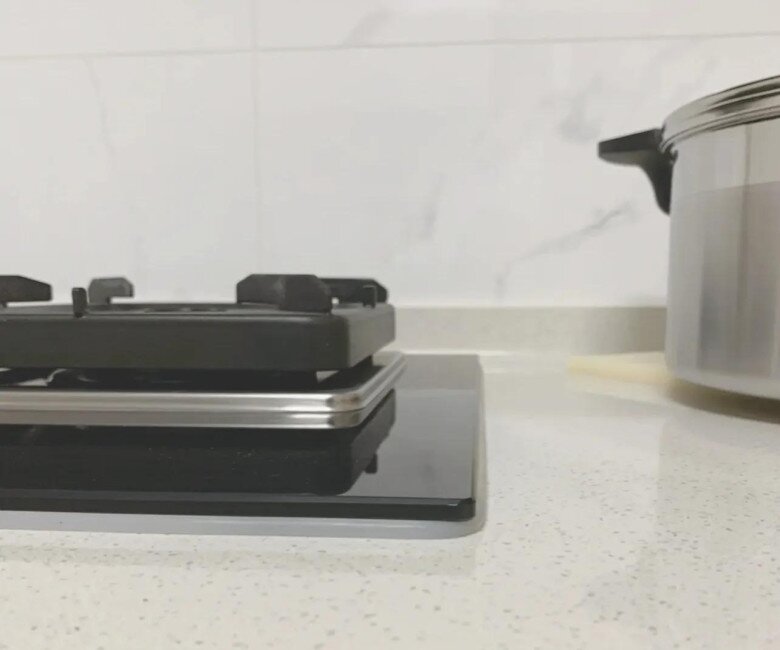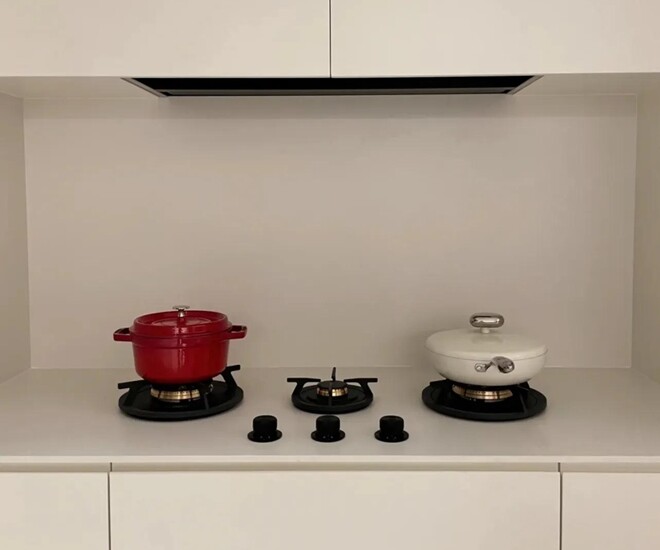Built-in gas cooktops are designed to be installed directly into a countertop, setting them apart from conventional gas stoves. While a typical gas stove sits on top of the counter, a built-in cooktop allows for a seamless integration of the stove body into the countertop, resulting in a smooth and sleek appearance.
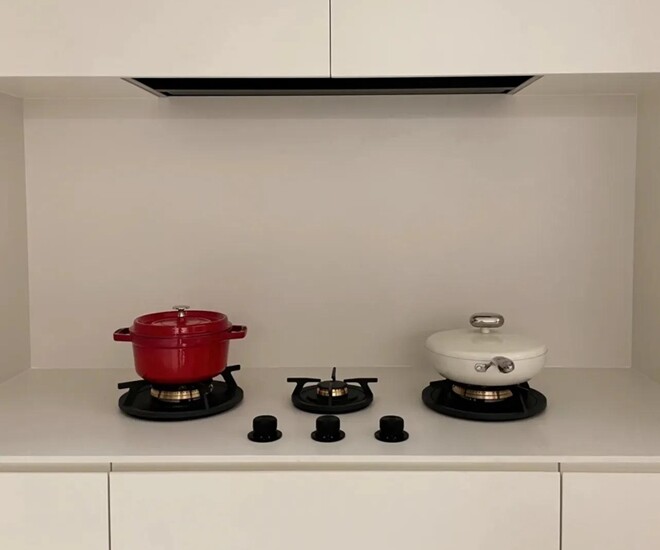
Advantages of Built-in Gas Cooktops
This type of gas cooktop offers two distinct advantages, as outlined below:
– Superior Aesthetics
The built-in design seamlessly integrates the cooktop with the countertop, creating a simple yet sophisticated look. Additionally, the overall beauty of the kitchen is enhanced.
– Minimal Hard-to-Reach Areas for Easy Cleaning
Built-in gas cooktops have minimal nooks and crannies, making cleaning a breeze. Compared to traditional gas stoves, built-in cooktops have tighter fittings, reducing gaps, and the smooth stone surface discourages the buildup of grease and food residue.
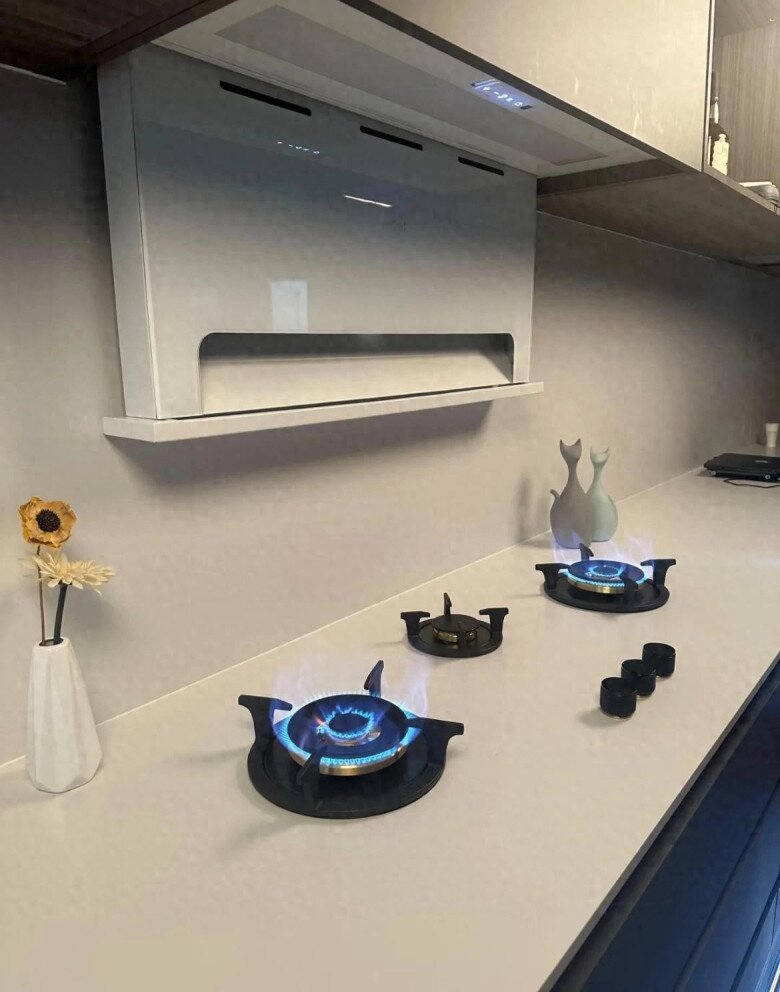
Disadvantages of Built-in Gas Cooktops
Despite the benefits mentioned above, built-in gas cooktops also come with certain drawbacks that consumers should be aware of. These issues are often overlooked until after the installation.
– Higher Cost
Built-in gas cooktops tend to be more expensive than conventional stoves. However, in terms of functionality, they don’t offer significant improvements over regular gas stoves. This may cause potential buyers to reconsider their purchase decision.
– Risk of Cracking
Some users of built-in gas cooktops have reported that the product can become unusable after a short period due to cracks in the countertop. While built-in cooktops are designed to withstand heat, the quality of the countertop material and the cooktop itself also play a crucial role. Designing the countertop with gaps can increase the risk of cracking.

Points to Consider When Installing a Built-in Gas Cooktop
Each type of gas cooktop has its pros and cons, and the decision to opt for a built-in cooktop depends on personal preferences, budget, and living space constraints. If you have the financial means and no space limitations, a built-in cooktop is a worthwhile consideration.
When installing a built-in cooktop, keep the following in mind to ensure its efficient operation:
– Choose High-Quality Granite Stone
The quality of the granite stone directly impacts its resistance to cracking and ease of cleaning. Therefore, when investing in a built-in cooktop, select high-quality granite to avoid potential issues during use.
Alternatively, you can opt for a stainless steel countertop instead of stone. This option eliminates the risk of cracking and facilitates easier cleaning.
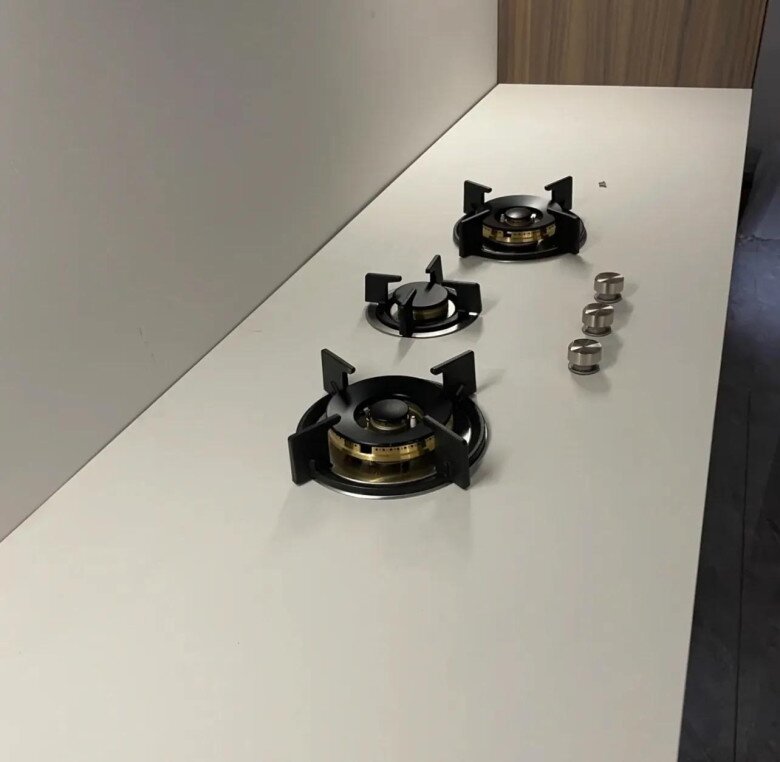
– Enhance the Sturdiness of the Kitchen Cabinets
When installing a built-in cooktop, it is typically fixed directly onto the granite countertop without any underlying support. However, granite has the drawback of being prone to cracking. To prevent this, it is necessary to have supporting panels underneath the cooktop. Additionally, consider wrapping the grooves of the supporting panels with aluminum foil to prevent moisture buildup.
– Seal Gaps
Built-in cooktops also have a small gap between the cooktop and the countertop, which can harbor dirt and bacteria. You can opt to seal these gaps with silicone, resembling rubber gaskets, to prevent dirt buildup and facilitate easy removal for cleaning.
